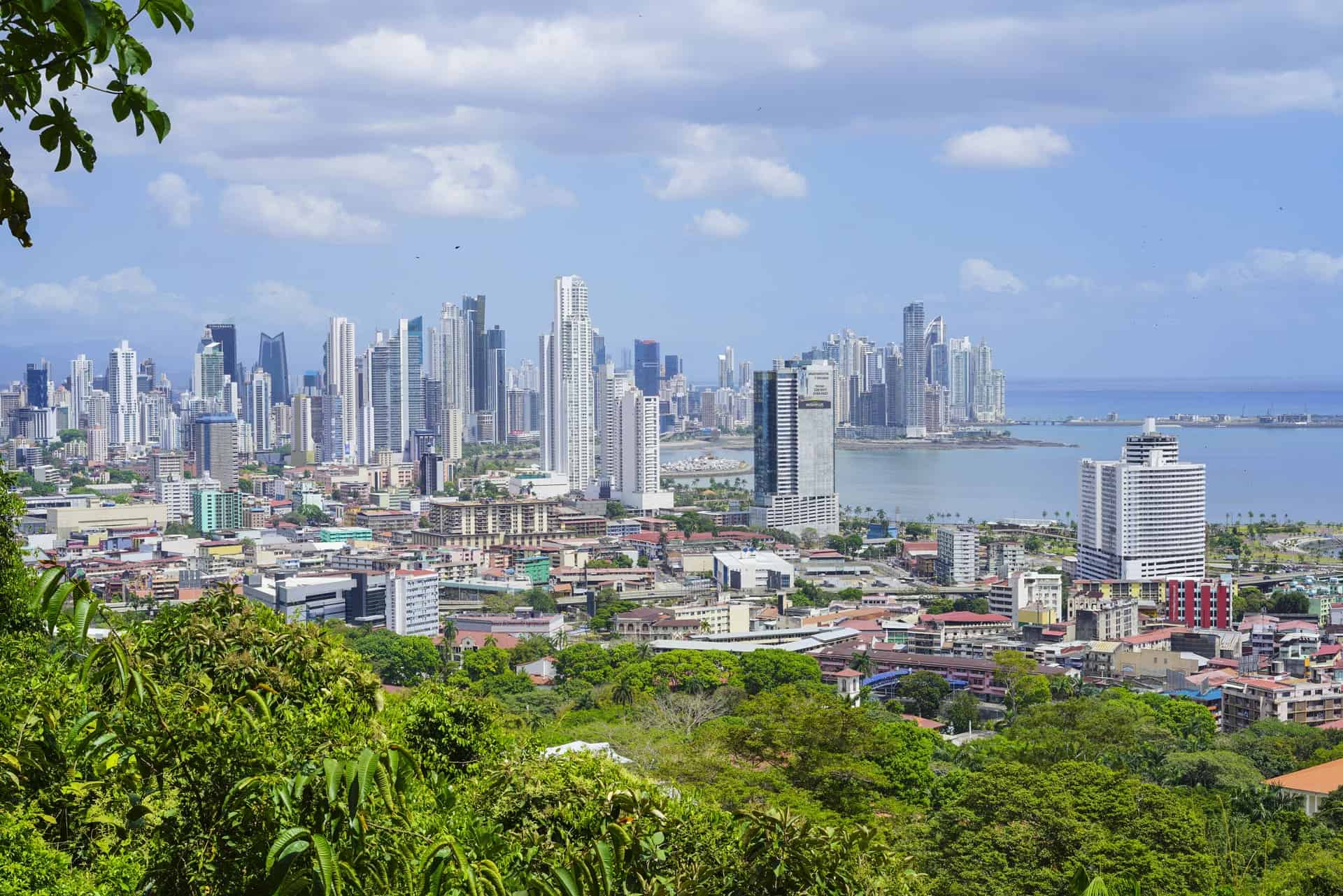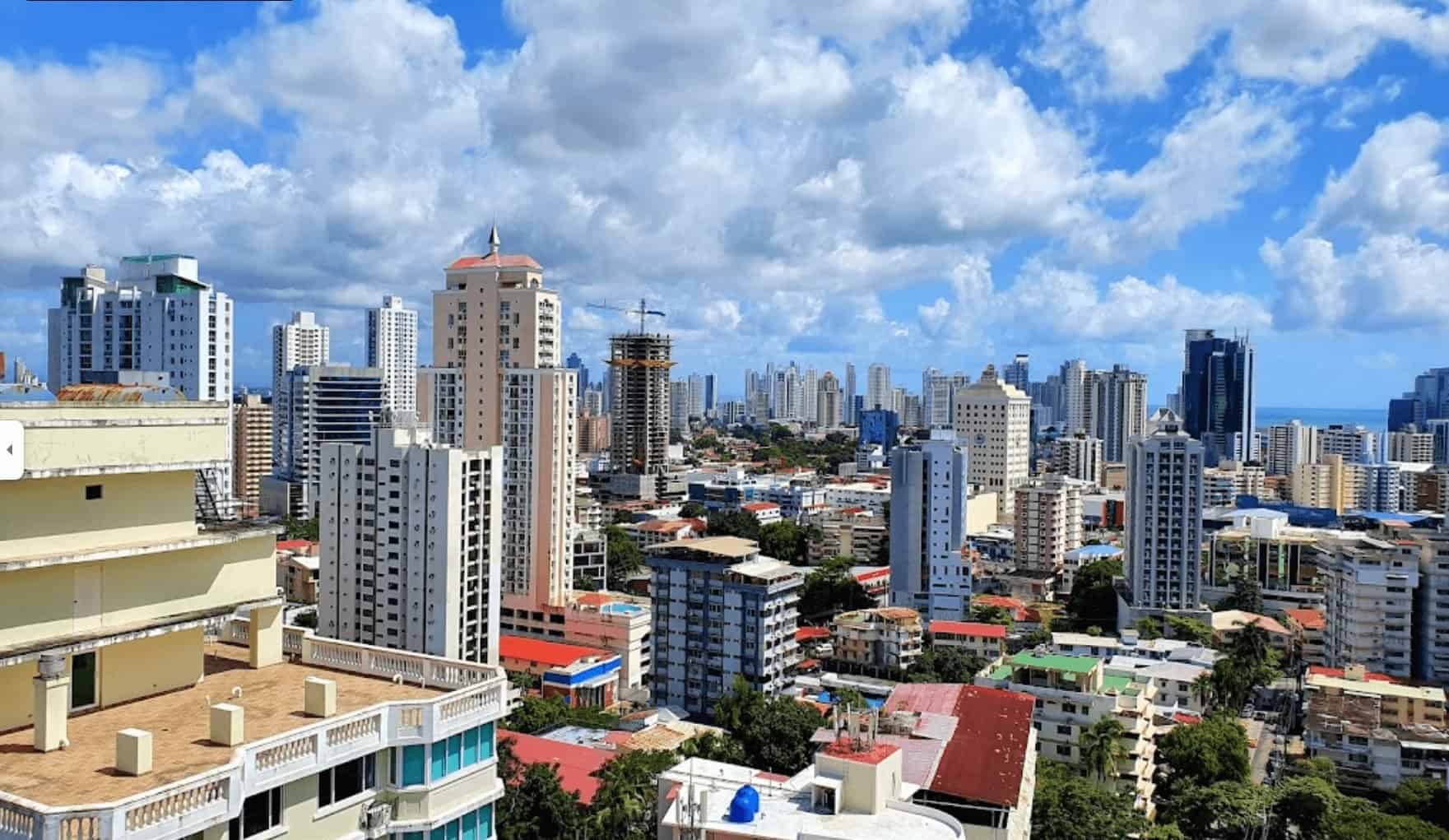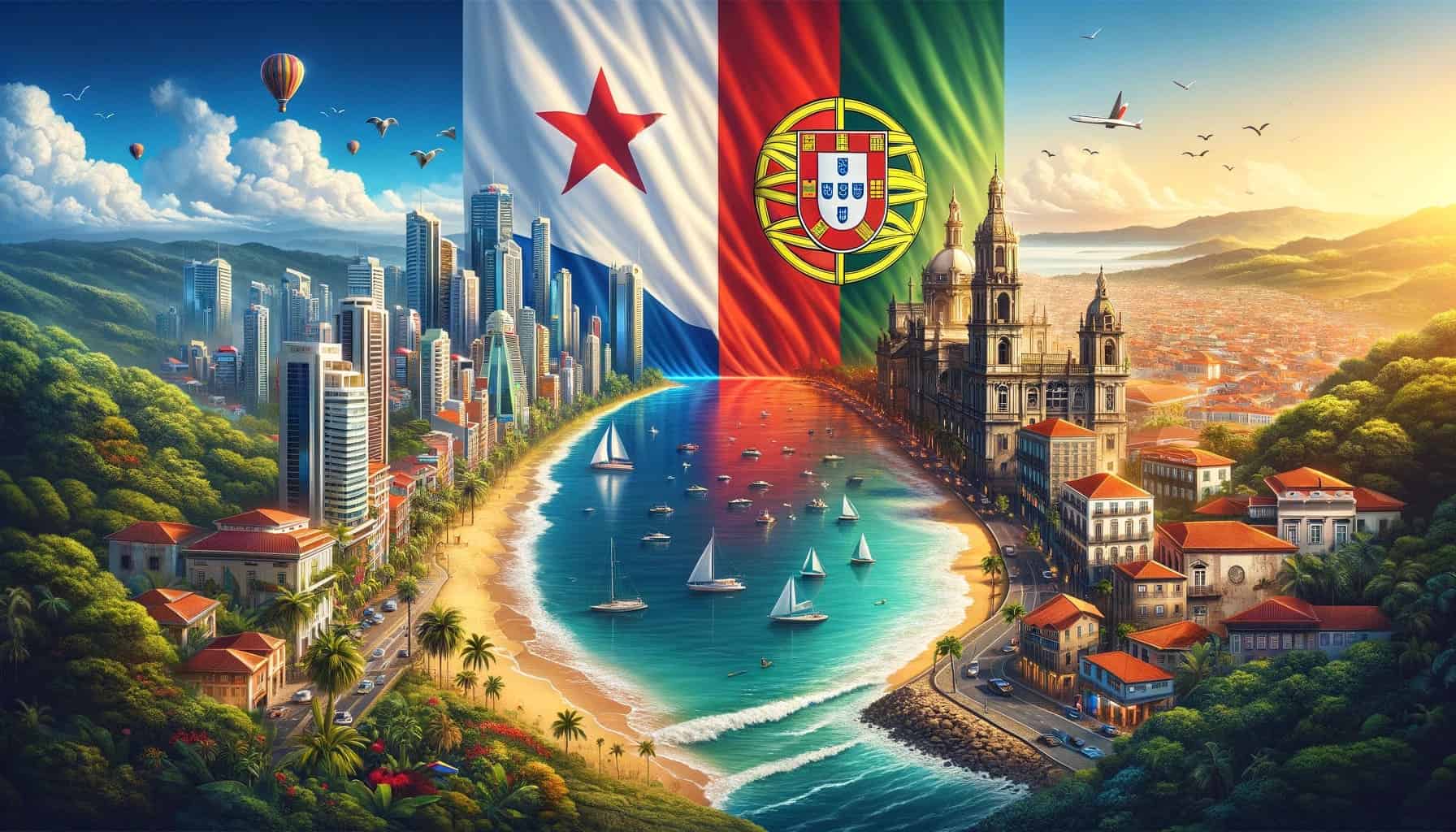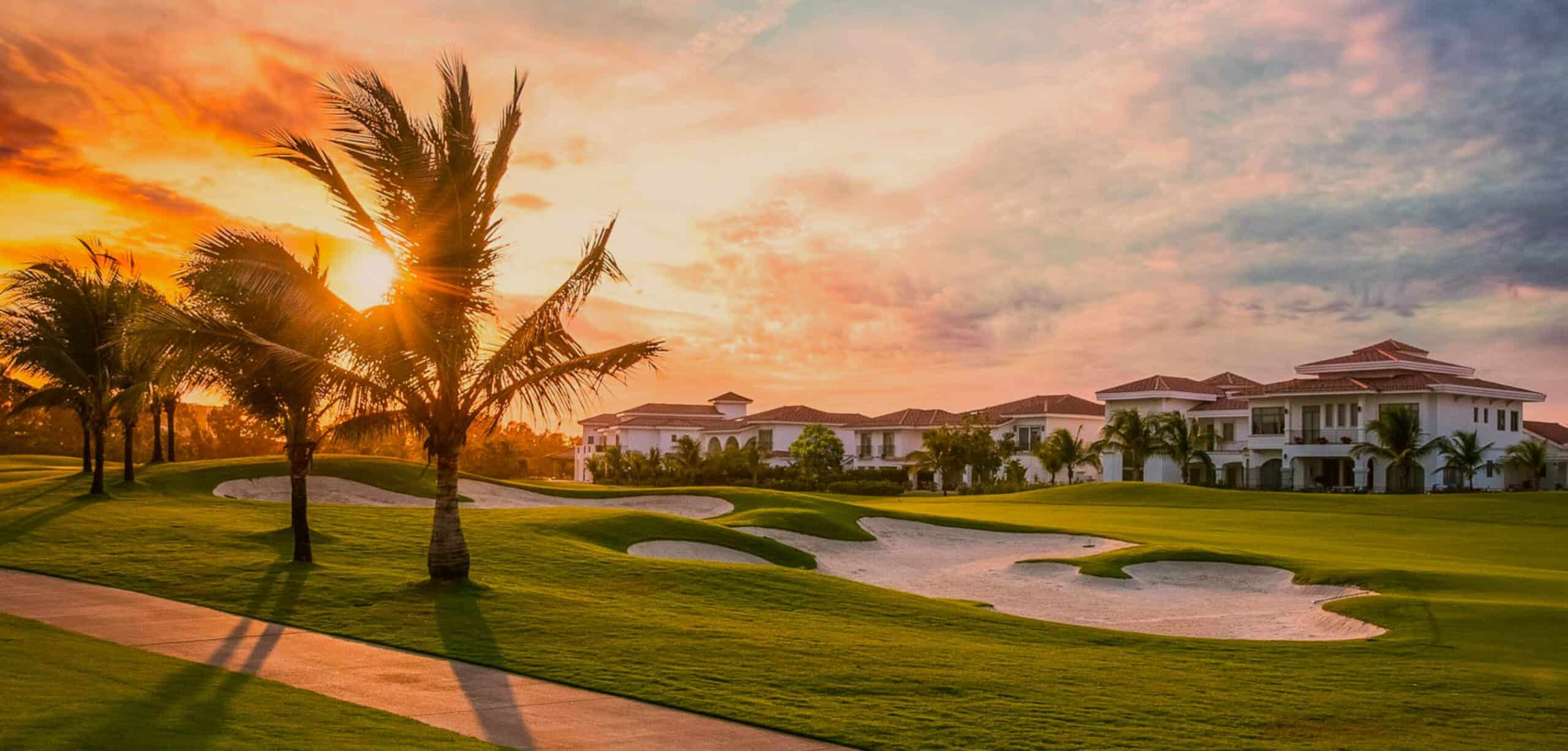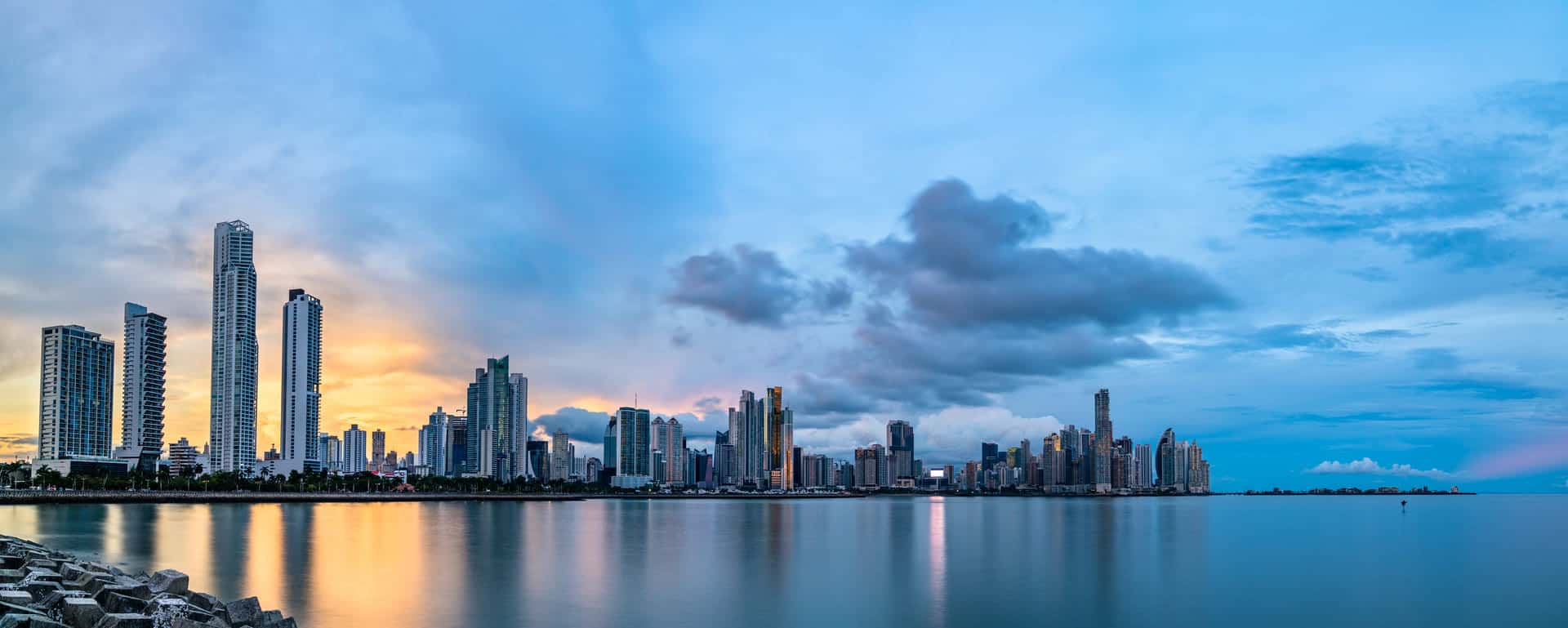Embarking on an educational journey in Panama is a unique experience shaped by the country’s education system, which caters to students from preschool to university levels. Panama’s appeal for education goes beyond its structure. The country is a great choice for international students because it offers a cost-effective education. Additionally, the affordability of living in Panama, access to high-speed internet, and a strong commitment to safety make it an attractive destination for those seeking academic growth and a unique social interaction.
When prospective students explore the educational environment, they should consider the difference between private and public schools. Private schools offer high-quality education with an English-centric approach, while the quality of public education can vary depending on the location. For expatriates, choosing between private and public schools involves evaluating factors like school calendars, facilities, location, costs, language of instruction, and accreditation. This exploration helps individuals better understand Panama’s education system and guides them towards informed decisions that align with their academic goals and educational aspirations.
- Education System in Panama
- Public and Private School
- Top Higher Education Institutions in Panama
- Panama Student Visa
- Conclusion
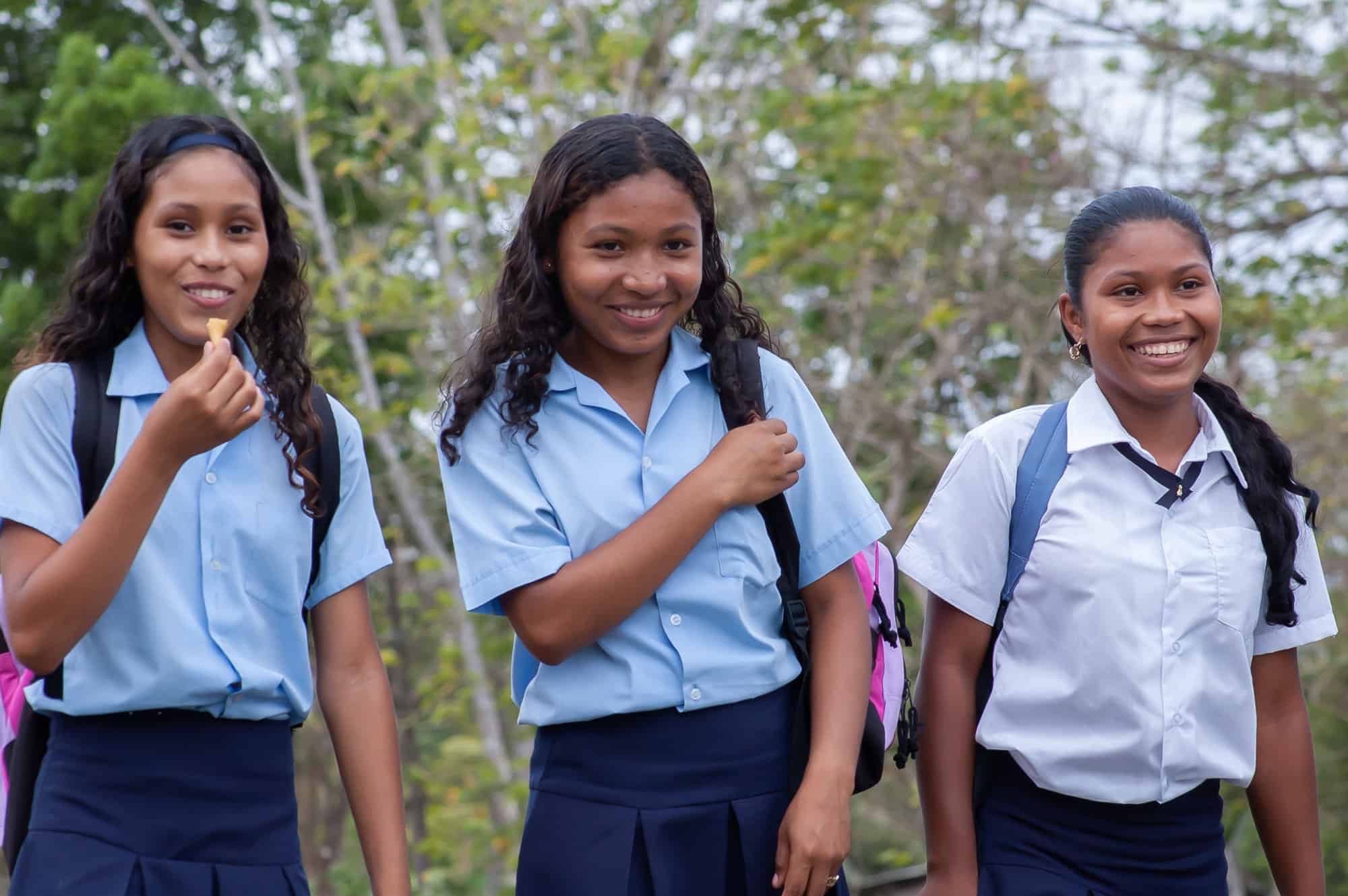
Education System in Panama
If you are relocating to Panama City and have kids, it is important to understand Panama’s education system. Panamanian education follows a set of rules called the “organic law of education.” This law says that education in Panama should be about things like being good citizens, doing the right thing, and using science and technology. It should also consider what makes each community special and what’s important to the country. Panama’s education system has different parts that do different things. We have the First Level, which is basic education for everyone. Then comes the Second Level, which is middle education. Lastly, there’s the Third Level, which is higher education. Each level has its own purpose.
Structure of the Education System
In Panama, the school system starts preschool for children who are 4 or 5 years old. You can pick between public, private, or community preschools. One choice is Happy Kids Preschool, which has branches in El Cangrejo and San Francisco.
For ages 6 to 12, kids attend primary school for 6 years. They learn subjects like Spanish, English, Math, Science, Social Studies, Arts, Music, Technology, Physical Education, Home Economics, and Agriculture. You can choose from public, private, or community primary schools. The International School of Panama in San Miguelito is a good option.
From 12 to 18, kids go to secondary education for three years. It can be academic, technical, or commercial high school. In higher education, there are two categories, University Superior and Non-University Superior. You can study subjects like business, law, medicine, and engineering at many universities and institutes.
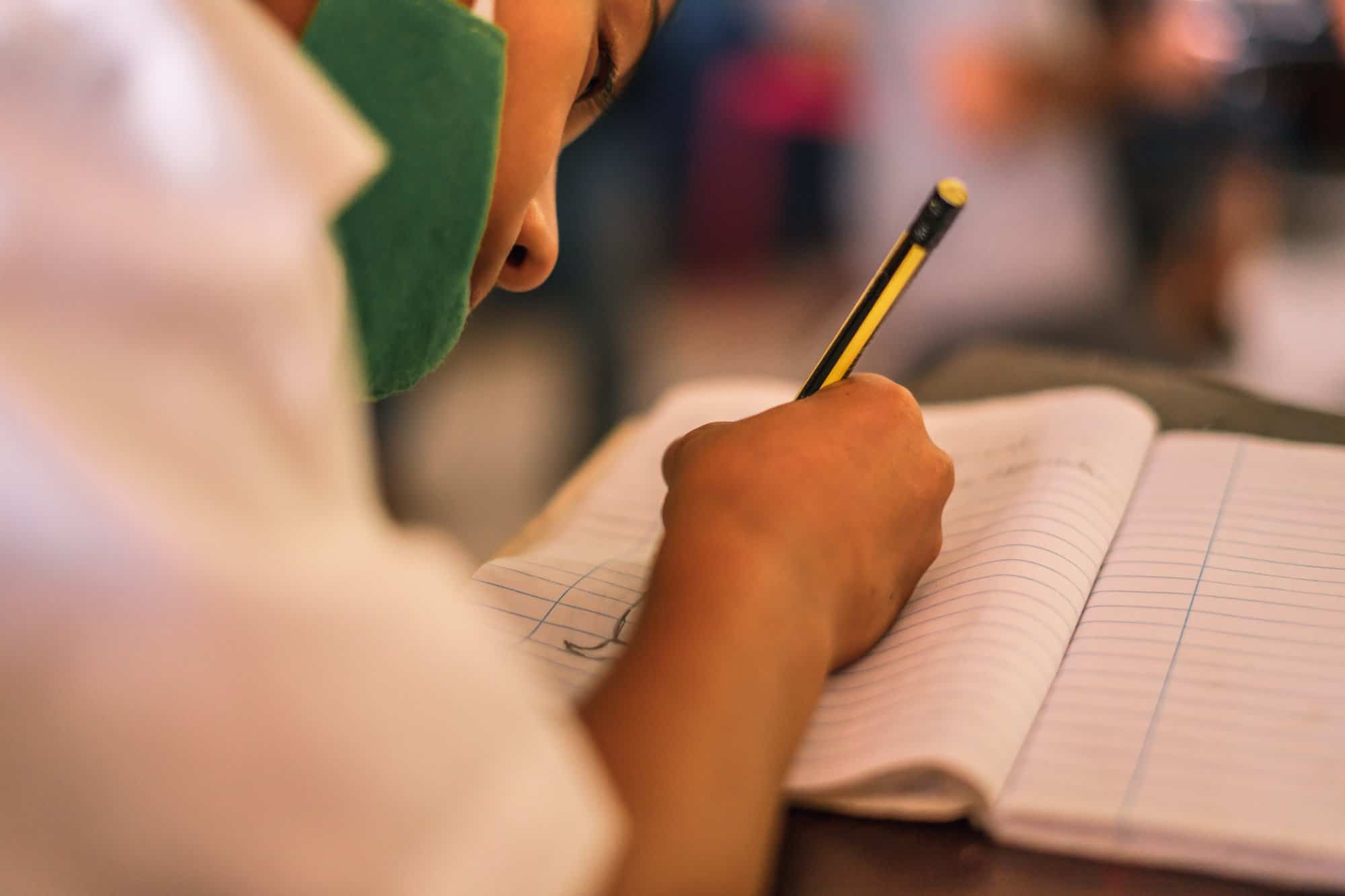
Benefits of Pursuing Education in Panama
If you’re seeking a new traditional experience, Panama is a great place to consider. While you might find some American influence, especially in Panama City, the country has its unique charm that sets it apart. One notable advantage of studying in Panama is the relatively low cost of living, which can ease the financial burden on students. In many ways, Panama City is similar to major U.S. capital cities. For those interested in learning Spanish in Panama City, you’ll have access to high-speed internet, which is a common concern for language learners abroad. It’s worth noting that Panamanians are known for their strong values, and the country is generally safe. Moreover, Panama City hosts numerous international companies and universities, attracting foreigners of all ages who come to live, work, study, and retire.
Public and Private School
Education in Panama reflects a similar situation seen in many developing countries when it comes to wealth inequality. For those who are well-off or even in the middle-class, there are excellent education choices available. However, a significant part of the population living in poverty faces difficulties accessing quality education. It’s crucial to understand the education options in Panama. In essence, Panama offers a wide range of educational opportunities, both in the public and private sectors. With the abundance of choices, you are likely to discover a suitable educational path for your child or yourself in Panama.
Comparison of Private and Public School Systems
In Panama, private schools offer top-notch education, much like those in North America. They come equipped with great resources and skilled teachers, often using English as the main teaching language. This fosters a bilingual middle-class population in Panama. Private education is changing, becoming more varied and aligning with global standards. Numerous parents opt for private schools for their kids, leading to a mix of students from different language backgrounds. Boston School International and The Metropolitan School of Panama are well-known private schools in Panama.
Public education in Panama varies in quality, mostly depending on where you are. Some say that Panama’s public education isn’t that great and needs a lot of help. Surprisingly, it hasn’t changed much in 30 years. While public schools in Panama are getting better, they still lag far behind the private ones. A couple of well-known public schools in Panama are the Maria Henriquez School and Manuel E Amador School.
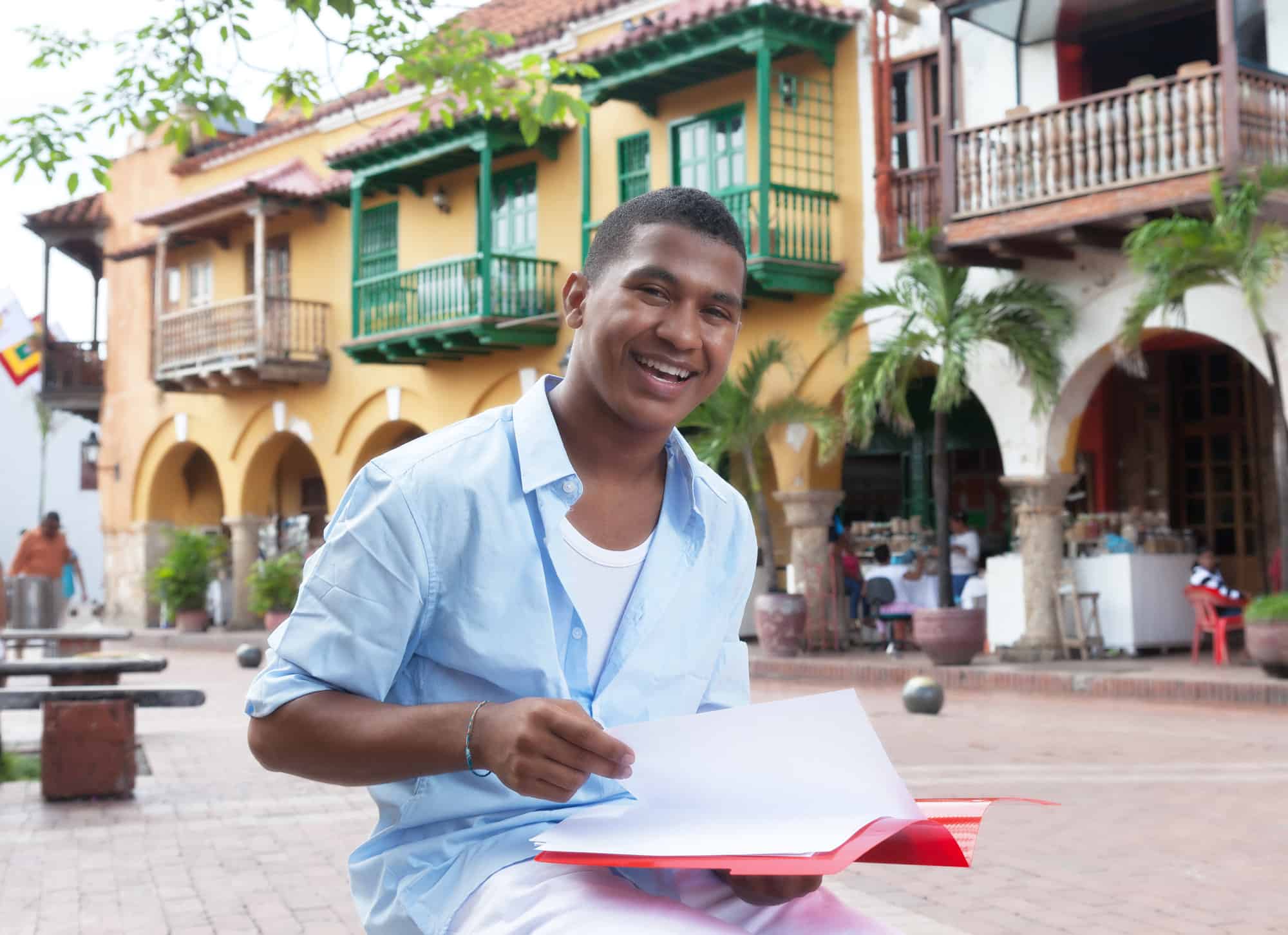
Considerations in Choosing Between Private and Public Education
When moving to Panama, choosing the right school is vital. You have various options, so it’s essential to understand Panama’s educational scene. First, consider the school’s yearly calendar. Public and most private schools in Panama start in late February and end in December. Some international schools have different calendars. Second, think about the location and facilities. Many top schools are in Panama City, but there are good ones in popular expat areas too. Transportation matters, most schools offer transport services but it may cost extra and school costs vary widely. Language is another important factor, most teach in English but some subjects like Civics are taught in Spanish. Lastly, check the school’s accreditation. It ensures a certain level of quality.
Top Higher Education Institutions in Panama
Panama boasts nearly 90 higher education institutions, comprising both big universities and smaller colleges. Most Universities can be found in or near the capital city, and some are also spread across a few other big cities. Panama’s National Council for University Evaluation and Accreditation (CONEAUPA) has given institutional accreditation to 24 universities. Now, let’s explore some of the best universities that are part of Panama’s official list of accredited universities:
- Technological University of Panamá (UTP): This university is ranked first in the country according to uniRank and is located on Avenida Universidad Tecnológica de Panamá, Campus Víctor Levi Sasso in Panama City. It’s a public university and it’s open to international students. The estimated annual tuition fee for undergraduate programs ranges from $1038 to $1242 per year, while for graduate programs, it’s $9900 anually.
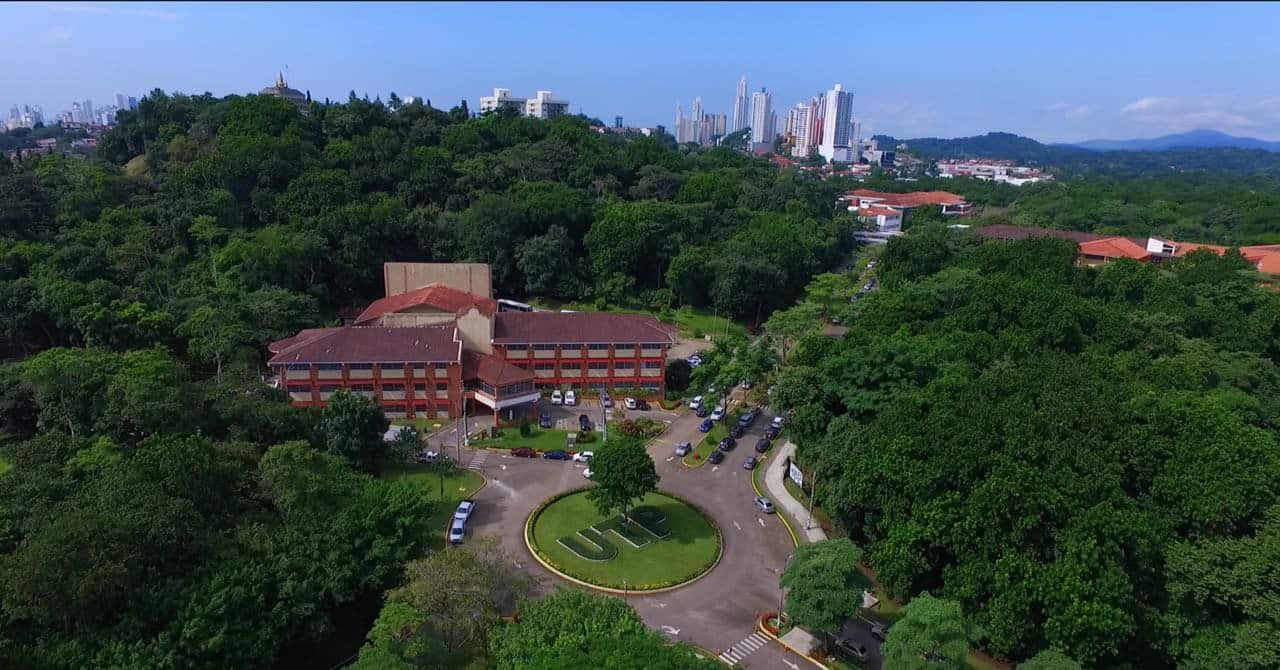
- University of Panamá: The University of Panama is ranked second in the 2023 Panama University Ranking by uniRank. It’s a non-profit public university located in Ciudad Universitaria, Panama City. International students are encouraged to apply for admission, but the exact tuition fees are not provided upfront. You will find out about them during the application process.
- Latina University of Panamá: The Latin University of Panama is located at Calle Aragón, Ave. Ricardo J Alfaro and ranked third in Panama’s university ranking and is known for being affordable. For undergraduate programs, the estimated tuition fee ranges from $1,000 to $2,500 per year, and for graduate programs, it typically ranges from $2,500 to $5,000 per year. If you’re an international student looking for an inexpensive University in Panama this is a good option.
- Santa María La Antigua Catholic University: Santa María La Antigua Catholic University ranked 4th in the university rankings of Panama, situated on Avenida Ricardo J. Alfaro in Panama. For undergraduate programs, the estimated tuition fee is $10,000 per year, and for graduate programs, it’s $7,500 annually. International students are welcome to apply.
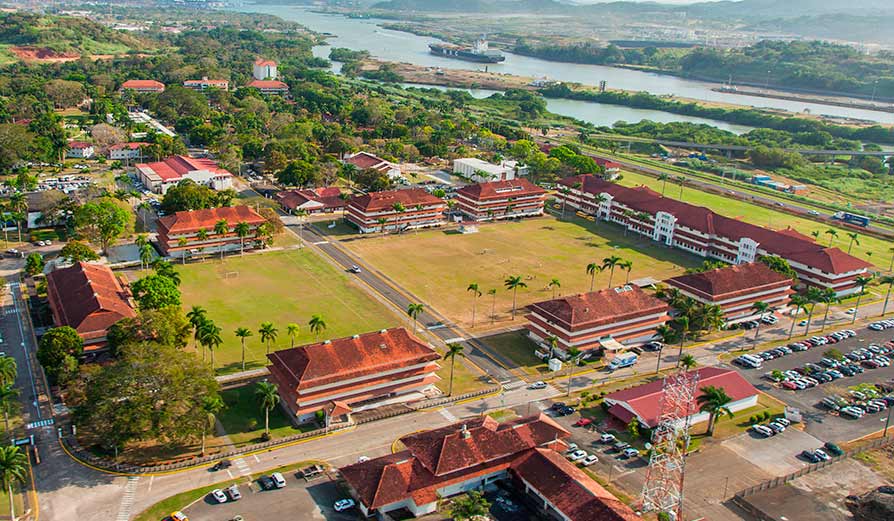
Panama Student Visa
The Panama Student Visa program provides a way for foreign students to become legal residents in Panama, as long as they plan to live in the country for educational purposes like attending a Panamanian university. This is a great opportunity for people who want to move to Panama and establish legal residency. To be eligible for the Student Visa, you need to have a passport with at least 6 months of validity, be enrolled in a Panamanian educational institution, have enough money to cover your stay in Panama, maintain good behavior, and be in good health. Along with these requirements, you must submit important documents, including an admission letter from your chosen institution, proof of payment for the registration fee, and a certificate with details about your course, its duration, and your class schedule. If your class takes place only at night, you need documents confirming that it’s exclusively offered during evening hours.
Conclusion
As we conclude our exploration into Panama’s education system, it becomes evident that the country offers a distinctive and inspiring academic journey for students of all levels. Panama provides not only an economical experience but also a unique environment. The appeal of Panama for international students lies not just in its educational structure but also in the safety, affordability, and cultural richness it offers. Panama stands as an attractive option for those starting on an academic journey in a vibrant and welcoming environment.
The choice between public and private schools adds another layer to the decision-making process for expatriates. Private schools, stand out as high-quality options, while the public education system, though improving, still faces challenges. Moreover, for those considering a deeper immersion in Panama’s academic landscape, the Panama Student Visa program presents a valuable opportunity. This initiative not only facilitates legal residency for foreign students attending Panamanian universities but also underscores the country’s commitment to hospitable individuals seeking educational growth.

